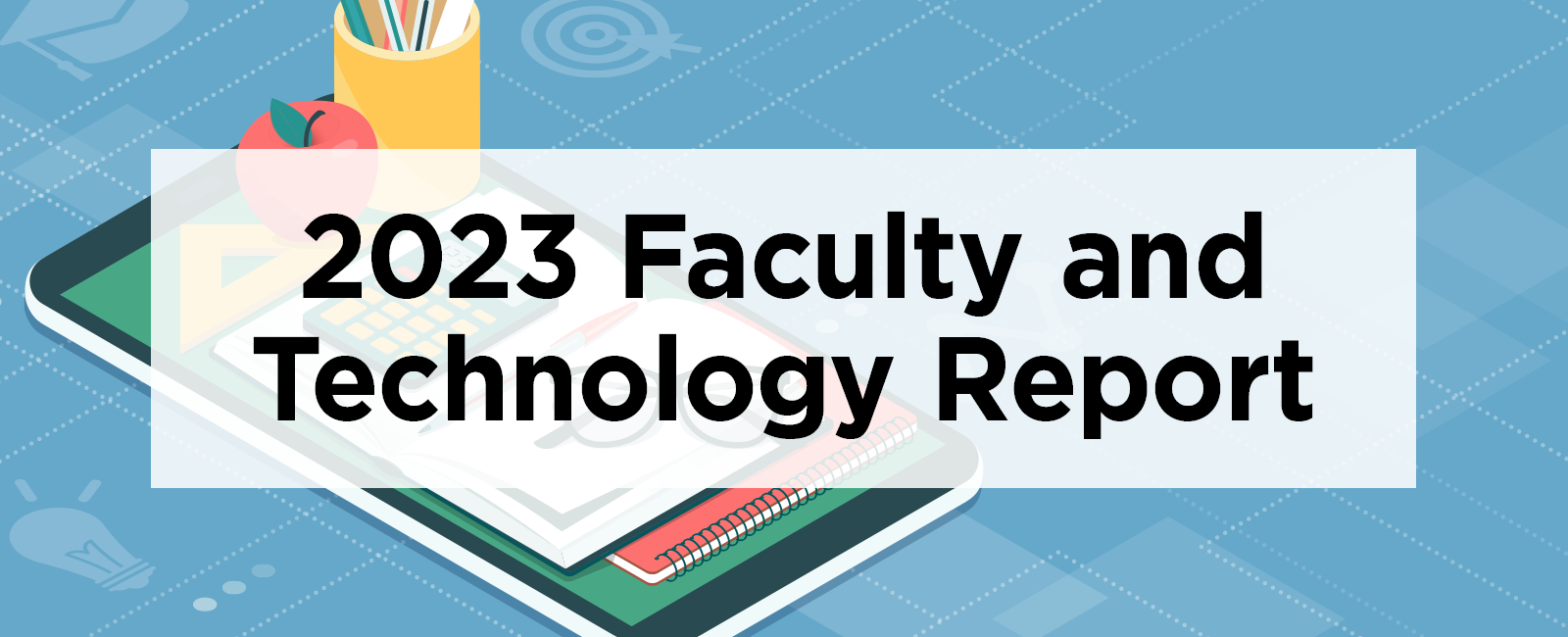A First Look at Teaching Preferences since the Pandemic”— from library.educause.edu/ by Muscanell
This is the first faculty research conducted by EDUCAUSE since 2019. Since then, the higher education landscape has been through a lot, including COVID-19, fluctuations in enrollment and public funding, and the rapid adoption of multiple instructional modalities and new technologies. In this report, we describe the findings of the research in four key areas:
- Modality preferences and the impacts of teaching in non-preferred modes
- Experiences teaching online and hybrid courses
- Technology and digital availability of course components
- Types of support needed and utilized for teaching
From DSC:
Polling the faculty members and getting their feedback is not as relevant and important to the future of higher education as better addressing the needs and wants of parents and students who are paying the bills. Asking faculty members what they want to post online is not as relevant as what students want and need to see online.
“It’s an example of the streamlined admissions practices that colleges across the country are using to combat the ongoing problem of low student enrollment.”
DC: But it’s not getting at the problem of *not providing enough value* for the price. https://t.co/Ye1FFep48z
— Daniel Christian (he/him/his) (@dchristian5) August 25, 2023
From DSC:
More fringe responses — versus overhauling pricing, updating curriculum, providing more opportunities to try out jobs before investing in a degree, and/or better rewarding those adjunct faculty members who are doing the majority of the teaching on many campuses.
Online college enrollment is on the rise: What brings students to virtual campuses? — from digitaljournal.com by Jill Jaracz and Emma Rubin; via GSV
Before the pandemic, online learning programs were typically for people going back to school to augment or change their career or pursuing a graduate degree to enhance their career while they work. That attitude is shifting as students juggle learning with jobs, family responsibilities, and commutes. In California, 4 in 5 community college classes were in person before the pandemic. By 2021, just 1 in 4 were in person, while 65% were online, according to the California Community Colleges Chancellor’s Office.
Younger students are also opting for online classes. EducationDynamics found in 2023 that the largest share of students pursuing undergraduate or graduate degrees online is 35 or younger. That said, 35% of students pursuing online undergraduate degrees are between









